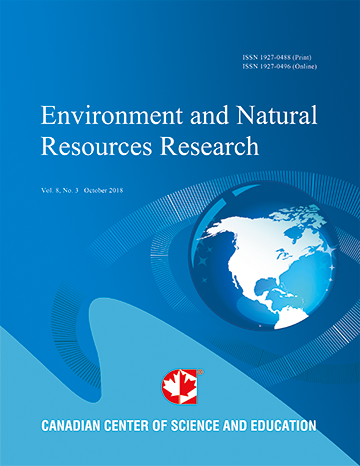Local People’s Perceptions of Crop Damage by Common Langurs (Semnopithecus entellus) and Human-langur Conflict in Keshabpur of Bangladesh
- Ummay Khatun
- M. Ahsan
- Eivin Røskaft
Abstract
We studied crop damage and human-langur conflicts in six villages of Keshabpur upazila in the Jessore district of Bangladesh from September 2009 to August 2010. Data were collected by interviewing local people with a questionnaire. We discuss the attitudes of locals towards crop damage inflicted by the common langur (Semnopithecus entellus). We analysed local deterrent methods for reducing crop damage and the management strategy adopted by the Forest Department to conserve langurs. Thus, we investigated how demographic variables were associated with the perceptions of locals towards crop damage and conflicts. A total of 27 different crop species were cultivated across the villages, among which langurs mostly damaged fruits. Although most damage occurred during the fruiting season langurs damaged crops throughout the year. Around 55 % of the respondents reported that the local deterring methods were effective but that they affect their children’s education and economy. Furthermore, almost 59 % of the respondents were tolerable towards the langur damage. People living in villages with a high langur population and where weak conservation methods were used reported greater crop damage than their counterparts. A linear regression analysis revealed that the occupation, landholding status, and ethical and religious beliefs of the people included in this study has a significant impact on their attitudes regarding conservation. Therefore, there is an urgent need to implement conservation measures to mitigate human-langur conflicts as well as to conserve common langurs in areas where humans and langurs coexist.
- Full Text:
 PDF
PDF
- DOI:10.5539/enrr.v3n1p111
Journal Metrics
Google-based Impact Factor (2016): 6.22
h-index (November 2017): 12
i10-index (November 2017): 19
h5-index (November 2017): 11
h5-median (November 2017): 12
Index
Contact
- Emily LinEditorial Assistant
- enrr@ccsenet.org
